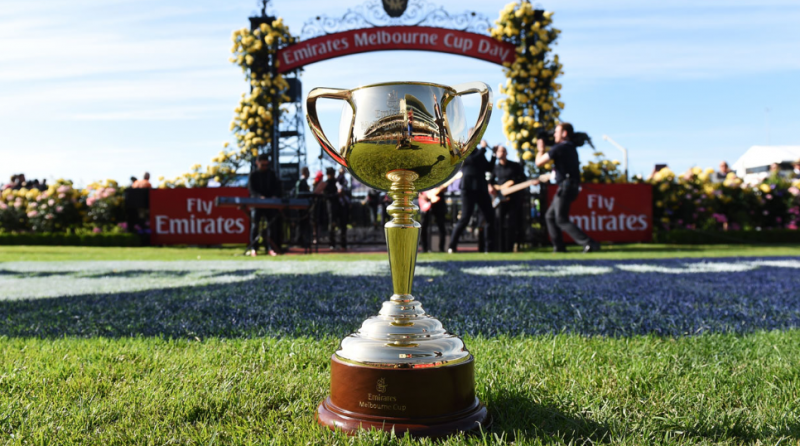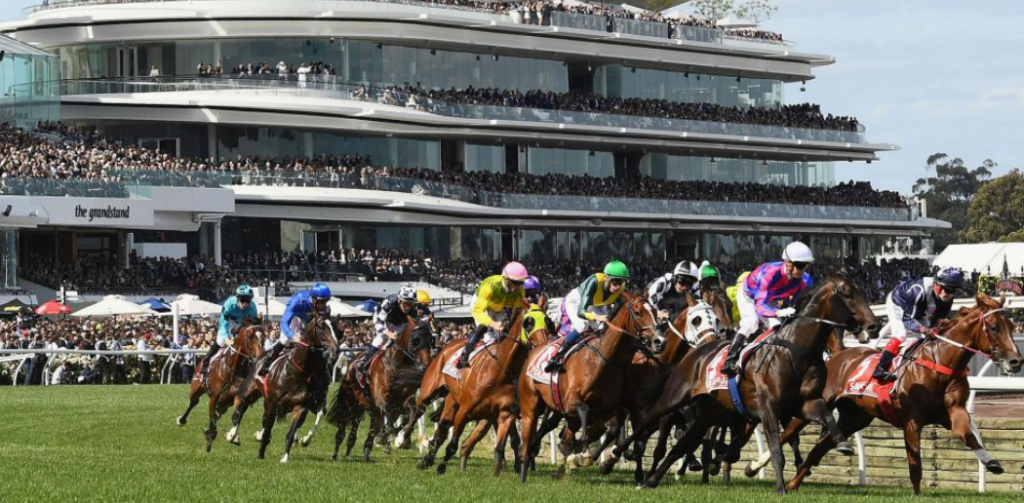The first race was held in 1861 with a distance of more than two miles (about 3218 meters), but was shortened to 3,200 meters (2.0 miles) in 1972 when Australia adopted the meter measurement system. This reduced the distance by 18,688 m (61.31 ft), and the race record for 1968 was 3min 19.1sec for the Lover Rain, which was adjusted to 3min.17.9sec.
Holding the current record is the 1990 Kingston Rule with a time of 3 minutes 16.3sec. At the Melbourne Cup, many horses have become famous. That’s Archer – one of the five horses that won more than one tournament. Or Makybe Diva is the only horse winning 3 consecutive years: 2003, 2004 and 2005. But perhaps the most prominent is the Phar Lap horse – the most famous horse in Australia.
Phar Lap horse
Phar Lap horse is a horse born in New Zealand, trained in Australia. Phar Lap won many horse racing events during the Great Depression. During difficult economic times, he was considered a hero of the entire Australian people. The story of this horse has also been made into a movie.
Not only the best horses, professionally trained in Australia, but many other countries around the world can participate in this festival. In 2014, 31 foreign horses from Japan, France, Germany and New Zealand were sent to the Melbourne Cup.
The first horse from abroad to win the Melbourne Cup was the horse from New Zealand Martini-Henry in 1883 and the four most recent foreign horses won including Fiorente (Ireland), Green Moon (Ireland), Dunaden (France) and Americain (USA).
Fashion on the Field

Fashion on the Field is an annual competition held in this event as well as many other horse racing events across Australia. Initially, the awards were put into categories to see how much the ladies spent on their costumes: costumes under £ 30, above £ 50 and the best hat.
British model Jean Shrimpton surprised everyone when in 1965 she came to Derby Dayy with a mini zippered knee-high 10 cm without a hat, gloves and socks. Her shocking outfits at the time caught the attention of the world with Melbourne’s horse racing. Today, women are free to choose their most gorgeous and beautiful costumes to perform at the festival.


